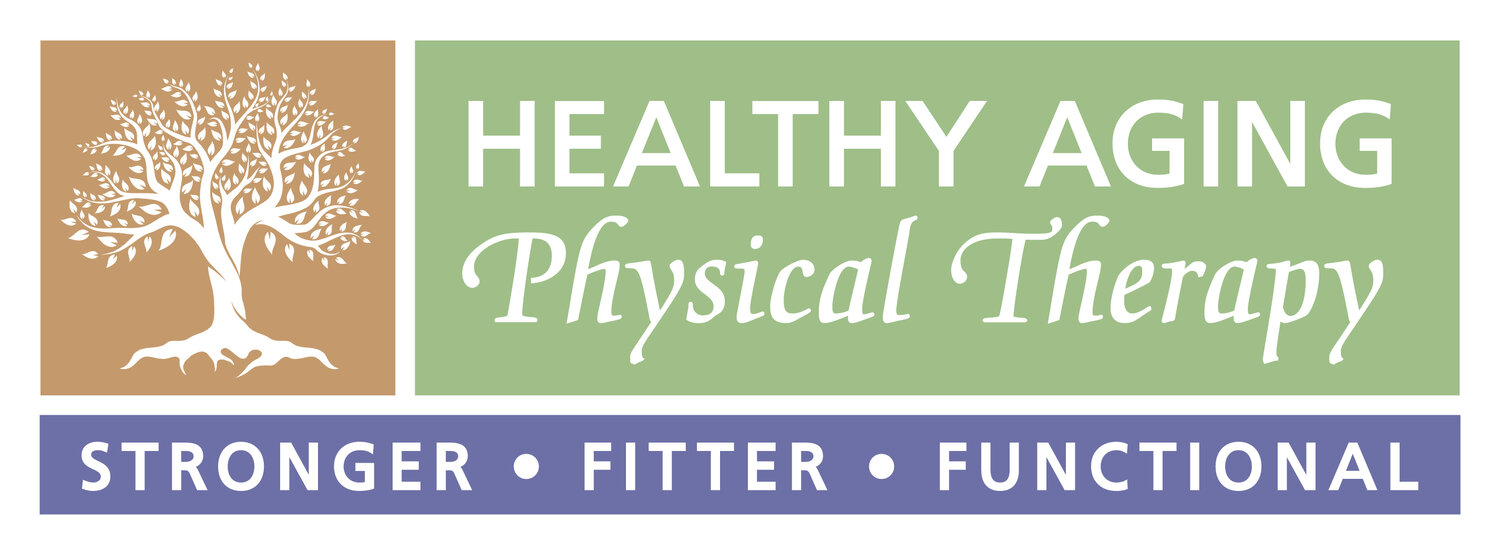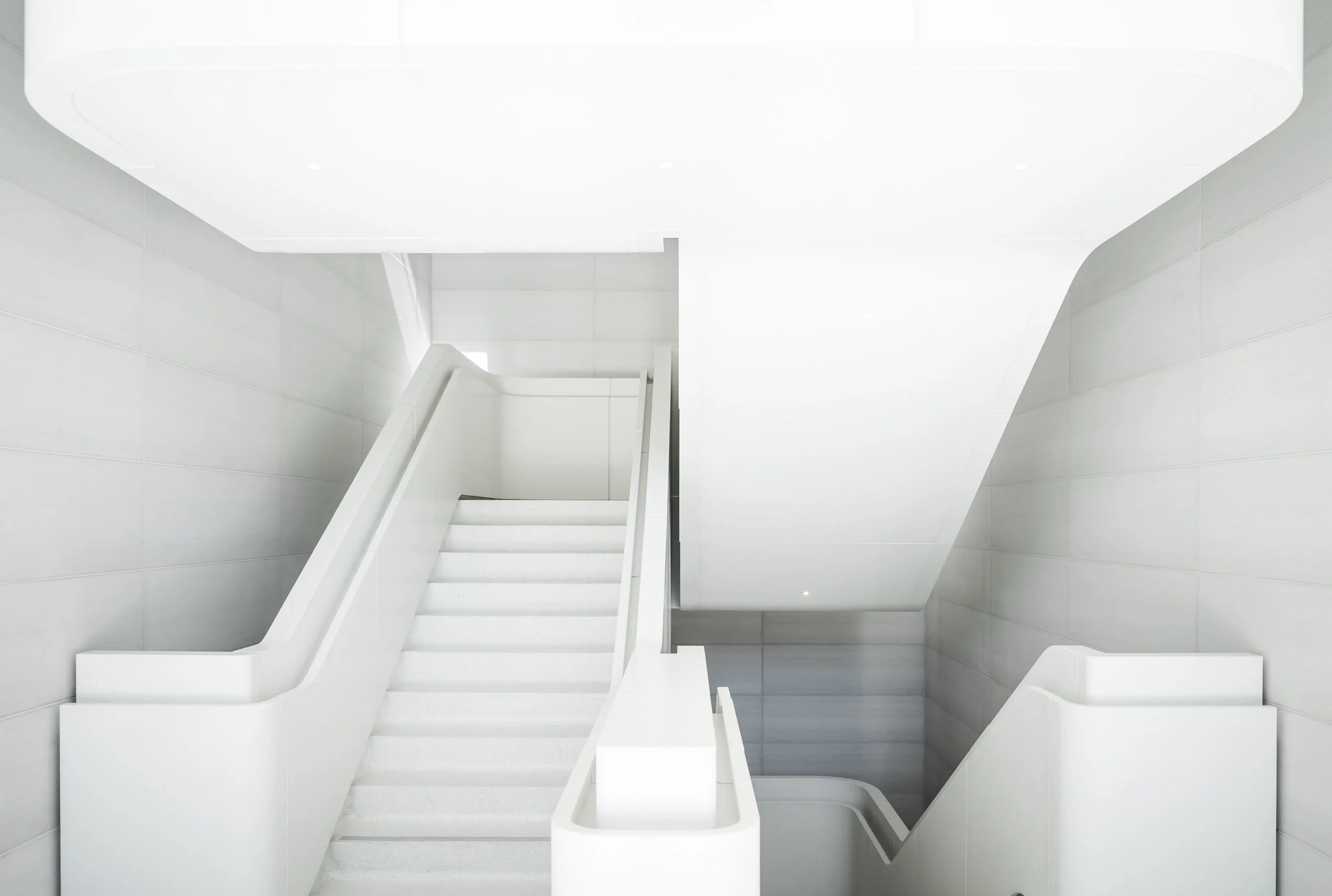Healthy Aging Made Simple in Five Easy Steps
Searching the Internet trying to figure out the secret to Healthy Aging? Spoiler Alert: you’re probably looking too hard.
If there is one thing we can’t avoid, it’s aging. Every day, every minute, every second…you, me and everyone around us is getting older. Whether you’re 30, 50 or 85, the decisions we make every day contribute to the trajectory of our aging process. While we’re all guilty of trying to find the easy answer, the bad news is that Healthy Aging is a lifestyle, not a magic pill. The good news is that solution is actually pretty simple, and truth be told, you probably already know the answer. And if you don’t…don’t worry, I got you covered:)
Step One: Get Better Sleep.
If you’ve ever tried to get through the day after a bad night’s sleep, you know this one is a no-brainer. Sleep is the time our bodies use to repair, restore and refresh for the next day. Besides the obvious effect your energy levels, if we routinely function on reduced sleep quantity or quality, we increase our overall stress and systemic inflammation levels. Systemic inflammation predisposes us not only to short-term illnesses like colds and the flu, but to bigger issues like Covid-19 and chronic diseases like Diabetes, Heart Disease and Cancer. Sleep is also highly correlated to the experience of pain. Experiencing chronic back or joint pain? Look at your sleep habits first. Sometimes, simply getting better quality rest can help our bodies heal without unnecessary trips to the doctor, without taking extra pills or other visiting other healthcare practitioners. Want to get a better night’s sleep? Try these helpful hints:
Create a Sleep Routine: We sleep better when our body knows it is time to sleep and when it is time to wake. Try to go to bed at the same time each night, and wake at the same time each day. Keep your bed a sleep-only zone: plug your phone elsewhere, avoid watching TV in bed, keep it dark and keep temperatures comfortably cool. When it’s time to get up, open the shades, turn on the lights and get up like you mean it.
Exercise More: I’m jumping ahead, but among the many benefits of regular exercise is improved sleep. If you struggle to sleep at night, exercise earlier in the day than later. Endorphin release can ramp you up and keep you from falling asleep easily.
Avoid Sleep-Disruptors: Avoid late-in-the day caffeine, alcohol and tobacco. These substances can mess with your sleep cycle and add to overnight restlessness.
Step Two: Eat Quality Food, Hydrate Often, Avoid the Toxins and Get Outside
Eat more plants, make high-quality proteins part of every meal, choose healthy whole-grain carbohydrates and minimize added sugars. That’s it. Done. Literally, like you don’t need to read any further. It’s that simple. You don’t have to research the perfect diet for arthritis, or heart disease or to lose weight. While certain conditions require more specific modifications to your diet, ie. if you are Diabetic or on a blood thinner, generally speaking, this type of diet will cover your bases. Put simply, if it comes from the ground, eat it. If it’s made in a plant, avoid it. Try to make most meals at home from foods you can find in the periphery at the grocery store or your local farmer’s market. Simply making an effort to eat less processed food can considerably improve your diet. Being mindful to choose fruits and veggies of all different colors (Eat the Rainbow) will virtually guarantee you get the minerals and nutrients you need to support your overall health without further supplementation.
Drink water, all day long. We are made up of 70% water. If we are dehydrated, our body will find ways to find balance. We’ll retain water, get bloated, stop urinating regularly and overall, we wind up feeling like crap. Do yourself a favor and drink a full glass of water when you first wake up and try to get at least 6-8 more in through out the day.
Get outside! Getting 15-20 minutes outdoors each day can help you absorb the Vitamin D that helps support Calcium absorption for strong bones. In general, the more extreme the diet, the less likely we are to be able to maintain it - so choose a lifestyle that supports quality, unprocessed food choices most of the time, but allows you the flexibility to enjoy the foods that bring you joy a few times a week.
Step Three: Move Your Body Every Day
Our bodies are not created to sit still. We come from hunters and gatherers and we are made to move throughout the day. Sedentary lifestyles contribute to all TEN of the most common diseases associated with aging, and making regular exercise a part of your every day life can decrease your chances of early death by up to 35%. Imagine if you went to your doctor and they said, ''Hey, good news: There is this new pill. There are no side effects, it’s free and it will decrease your chance of dying by 35%.’ Would you take it? OF COURSE. Well guess what, that magic pill is exercise. And just like the nutrition advice above, you don’t have to be perfect, and you don’t have to spend any more time researching the best workout for A, B or Z. You just need to move. Every day. Want more specifics? Aim to meet the American College of Sports Medicine Guidelines for American Adults:
Aerobic Exercise: 150 to 300 Minutes of Moderate to Vigorous Physical Activity each week.
Strength: Incorporate regular strengthening to maintain your bone density, to regulate your blood sugar and prevent falls and fragility. Try to perform Functional Strengthening activities 2-3x/week for 20-30 minutes each session. Work hard! Make sure you feel challenged. Lifting something you can lift easily will not make you stronger. Working to 5-8/10 on a Rate of Perceived Exertion is the key to increasing your muscle strength.
Balance and Flexibility: Choose activities to promote better balance and flexibility. Classes like Tai-Chi, Yoga and Balance Classes are a great option for this.
Also, keep getting on and off the floor. Trust me on this one. Your future-self will thank me.
Step Four: Be Proactive, not Reactive, to your Health
I’ve been working with older adults for the majority of my career as a Physical Therapist. To say I’m surprised when one of my patients is only on one medication or a multivitamin is an understatement. The vast majority of patients I see are on at least 5-10 daily medications. Polypharmacy contributes to an increased fall risk, and while medications are necessary for many people to manage their chronic medical conditions, if we were more PROACTIVE about managing our risk factors for chronic diseases than REACTIVE once we are diagnosed with them, we would be a much healthier community. Listen to your doctors; if they suggest lifestyle changes that could lower your risk of getting chronic diseases, do it! If they suggest changes that seem overwhelming or impossible, tell them. Push them to help you find solutions. There are so many wonderful resources out there to support Healthy Aging, but we, as a profession, need to to better to connect our aging adults to these interventions. Physical Therapists of often seen as the Healers or Fixers. But guess what? I’d MUCH rather be a Preventer. Might kill my job security, but I’d much rather see someone BEFORE the problem arises than AFTER.
Step Five: Keep it Simple and Keep it Consistent.
This one’s for you, Google-Internet-Searcher. Put the mouse down and listen to me loud and clear: You do not have to be perfect. You do not have to change your entire life. You do not have to be the Best all of the time. But you do have to take Action. If nothing changes, nothing changes. It’s so simple, but so true. And you’ll be far more successful if you focus on one thing at a time - something you know you are able and ready to change. One of my favorite sayings is to focus on the step ahead, not the entire staircase. Write it down and make a plan. Simply taking five minutes over your morning coffee to identify your goal or your focus for the week, and identifying a few actionable steps you can follow to reach it, can make all the difference in the world. It doesn’t have to be fancy and you don’t need to labor over it. Pick one of these steps, think about two to three things you can do to work towards it and take ACTION!






